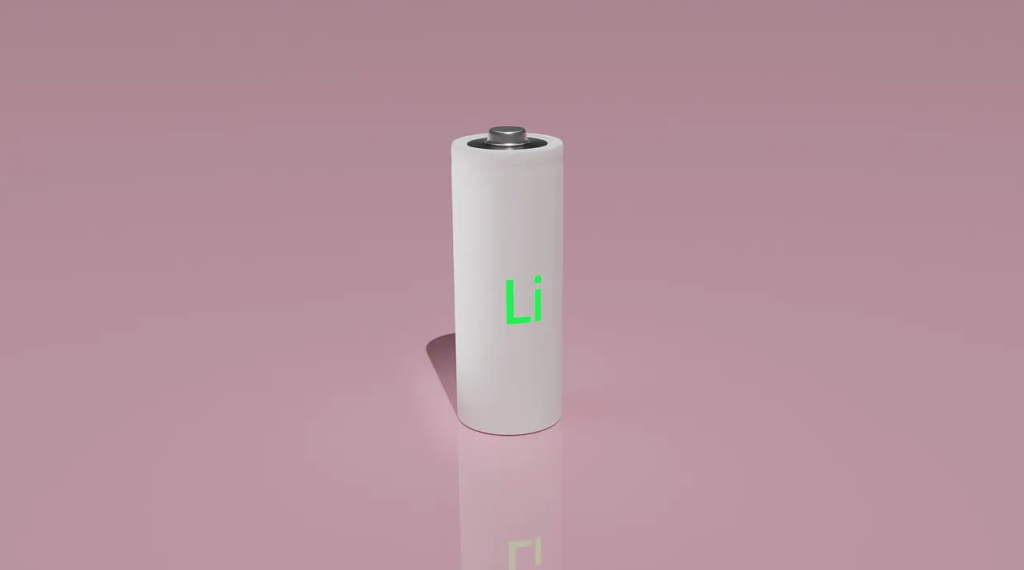Between new electrodes and electrolytes
Each battery has an almost similar structure (cathode, anode, liquid electrolyte) but the final application area determines very precise performance requirements that affect the choice of materials, design and production process. For example, batteries of electric cars is required compactness, lightness, high capacity and high charging speed. Those used in stationary storage do not have restrictions on size or weight but must be as economical as possible. A crucial difference well highlighted by the work of the functional inorganic materials group of Empa, Switzerland. As Anna Ettlin writes on the agency’s website, the team, under the guidance of Maksym Kovalenko, is developing new materials for more capable, faster or cheaper batteries of the future and, in two different studies, explains the progress achieved in terms of electromobility and stationary storage.
New materials for electric vehicle batteries
Common lithium-ion batteries usually have a graphite anode and a cathode composed of a mixed oxide of lithium and other metals. One of the ways to increase the energy density of these devices (that is how much electricity I can store) is to act on the anode, as explained by Kostiantyn Kravchyk, Empa researcher. “With an anode made of pure lithium metal instead of graphite, we could store much more energy in a cell of the same size,” the scientist points out.
read also Solid state air batteries, a road never traveled
However, lithium metal encounters a well-known problem: the charge and discharge cycles lead to the formation of dendrites, needle-like branched structures caused by the accumulation of lithium and capable of damaging the cell. A possible solution? Solid state batteries, in which electrolyte is solid instead of liquid. Here, however, considerable challenges remain, including reducing the contact area between the electrode and the electrolyte. Challenges to which the Empa Group has responded through the synthesis of new material for solid-state batteries.
Kravchyk and colleagues used a double-layer membrane made of lanthanum lithium oxide and zirconium (LLZO) as an electrolyte. This compound has high ionic conductivity and chemical stability. The double layer – one dense, the other porous – allows on the one hand to create a very large contact area and on the other inhibits the growth of dendrites. The study on Cell Reports Physical Science (2023).
Economical materials for stationary batteries
A completely different approach is used by the group to improve network accumulation. “The most important parameter for stationary storage is the price,” explains Kravchyk, and the materials used to make lithium-ion batteries are lithium, cobalt and nickel.
To lighten the expense, scientists used for their cathode an iron compound: iron hydroxyfluoride. And since flours have poor conductivity, they have given it a crystal structure (through a simple and equally economical process) which increases the mobility of ions. “With our battery we managed to achieve comparable performance at a much lower price,” says Kravchyk. “We are totally surprised that almost no one so far has explored the possibility of developing low-cost synthesis of this promising material.” The study on Advanced Materials (2023).

